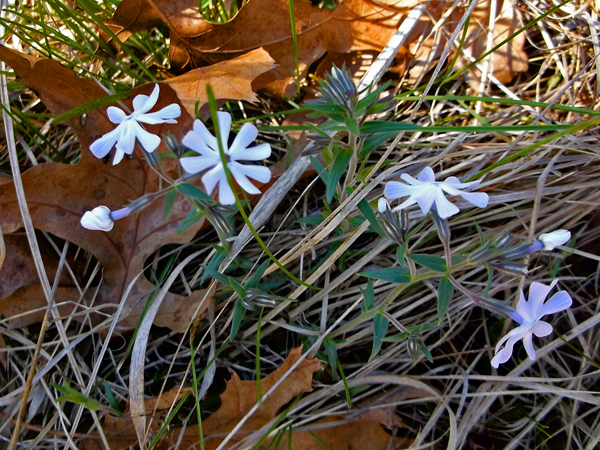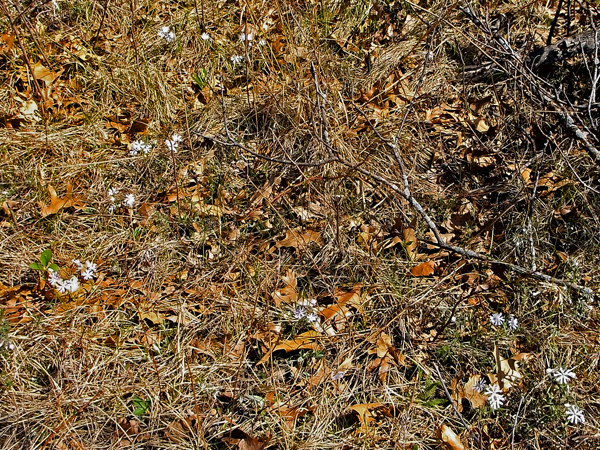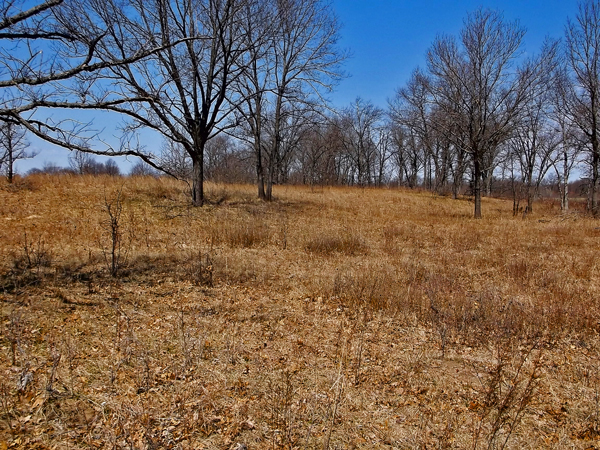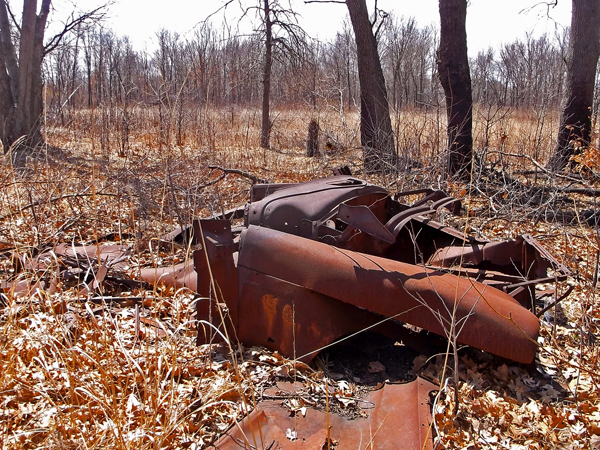In Eastern Kankakee County, Illinois, otherwise known as the Kankakee Sands, nature still abounds. One can’t hardly find a road in Pembroke Township that towering Black Oaks (Quercus velutina), the backbone of Pembroke’s high quality Black Oak Savannas, don’t dominate the scenery. Unlike many communities that have sprung up in the shade of oaks, the residents of Pembroke Township have learned to live with nature, not dominate it by underplanting the oaks with lawns/pasture grass and Spruce trees. No, in Pembroke, one can still imagine what the area might have looked like prior to settlement by early farmers and ranchers.
Two reasons that such a rich plant community still exists are the sandy soils – not great for farming, and the area’s extensive poverty. The sandy soils left behind by glacial lakes and blown into dunes by wind action, support a unique community of plant and animal life. This sandy soil made for poor crop yields and was overlooked by 19th century, white European farmers and so the land was sold to African American farmers and ranchers beginning in the 1850’s; and with many newly freed slaves emigrating from the American South and seeking a refuge from racists and the ability to own property, Pembroke Township became an attractive destination soon after the end of the Civil War in the 1860’s. An excellent article about the area, including its settlement history, was published in the Illinois Steward, entitled: “Pembroke Township: The Lost Corner of the Kankakee Sands.”
I made my first visit down to the town of Hopkins Park, in Pembroke Township with Marianne Hahn in 1999. At the time, Marianne, a retired microbiologist, had just purchased some land there, with the intention of managing it in a natural state in perpetuity. Over the past fifteen years, Marianne has acquired additional land contiguous with her original purchase as it has become available, and Marianne’s property, now known at “Sweet Fern Savanna,” after the fragrant low shrub, Comptonia peregrina, found growing there, is now an Illinois Land and Water Reserve, which protects the land from all future development. The other day, I took a drive down to Hopkins Park, with my friend Marianne to enjoy a pleasant spring hike.

The green in this photo is all Lowbush Blueberry,Vaccinium angustifolium, found in the flatwoods, and just coming into bloom.
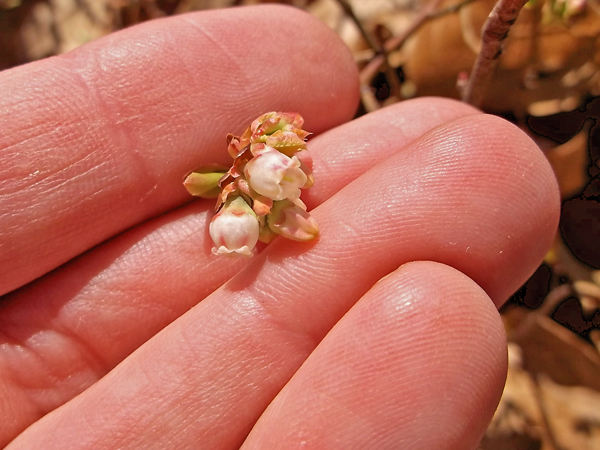
Both the fruit, about one quarter inch around, and the flowers (shown) are small. The fruit is very tasty when it ripens in July.
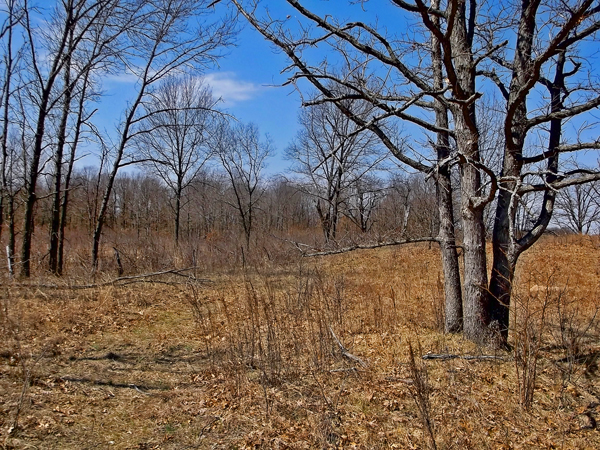
This White Oak has seen many fires over the years, that may be why it has multiple stems – due to regrowth after a burn in its younger days
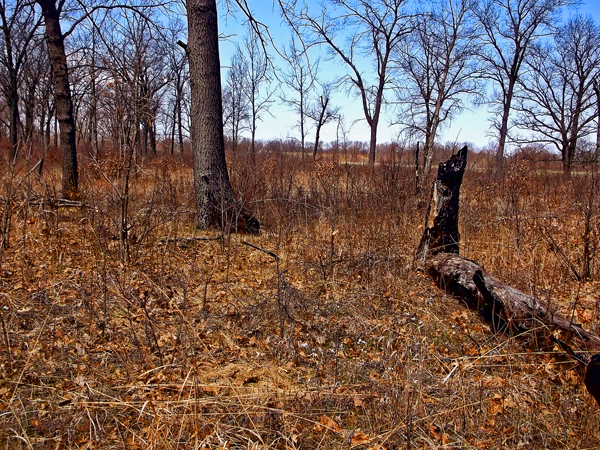
Even some large trees eventually succumb to fire, but fire, either started by lighting or by humans, helps to keep the the oak savanna open and healthy, without fire, this would become a thicket

